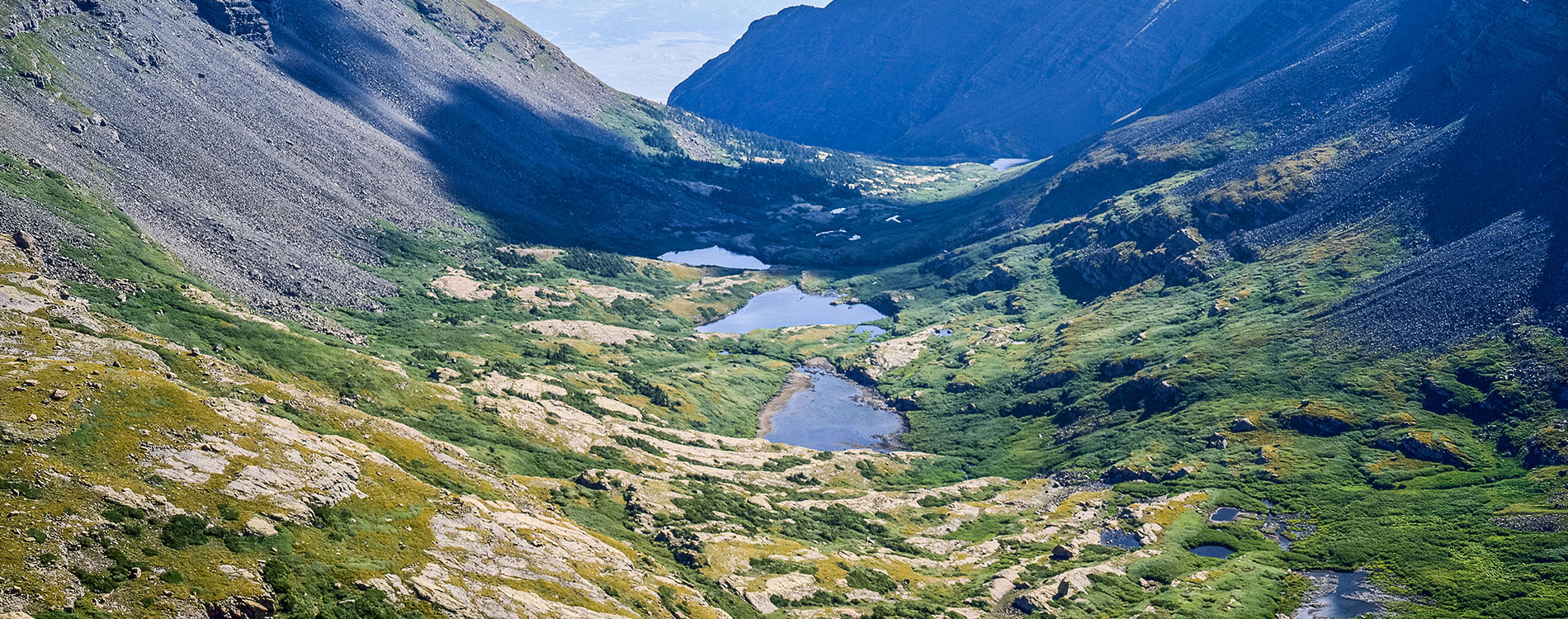The Wet Mountain Valley is a wonderful playground for outdoor recreationist. Many visitors, however, are not fully aware of the special health considerations that high altitude brings. Take a few minutes to familiarize yourself with the tips offered here.
IF YOU HAVE A MEDICAL EMERGENCY WHILE HERE – DIAL 9-1-1
Elevations in the Wet Mountain Valley vary from over 8,000 feet in Westcliffe to over 14,000 feet on many of the area’s mountain peaks! The higher the altitude, the less oxygen there is in the air. Visitors can have negative reactions to this decrease in oxygen.
ALTITUDE SICKNESS
Symptoms of high altitude sickness include nausea, headache, loss of appetite, insomnia, or lethargy (drowsiness). Children may experience vomitting.
Prevention and treatment include frequent resting, staying at a lower altitude the first day of your stay, eating lightly, drinking more water, and decreasing smoking. Some over-the-counter medications may help. Avoid alcohol, as it may intensify symptoms. Contact a physician if breathing becomes difficult, headache continues and is accompanied by mental disturbances, coughing begins, or walking becomes staggered.
Effects on Medical Conditions. The altitude may adversely affect people with chronic lung or heart disease. The decrease in oxygen that occurs at higher altitudes alters body functions, making it difficult to breathe and forcing the heart to work harder. Such individuals should avoid overexertion by moving at a slower pace. If problems continue, seek medical help.
Effects on Alcohol and Medications. Use alcohol and barbiturates with caution; their effect is greater at higher altitudes. People taking anticoagulants (blood thinners) may notice an increased effect and may require prothrombin times (bleeding times) to be checked. Strong diuretics may cause blood pressure to fall, resulting in fainting or dizziness.
Swelling. The causes for swelling at high altitude are unknown but it goes away on its own several days after returning to a lower altitude. Diuretics and a low-salt diet help reduce swelling.
DEHYDRATION
The lower oxygen level at this altitude causes increased respiration. This, combined with the dry mountain air, may lead to greater loss of body moisture. Alcohol consumption does the same thing. Drink at least 6-8 glasses of water every day to stay hydrated. Dehydration and the dry mountain air may also cause nosebleeds, which can be treated simply by pinching the nostrils together for at least 5 minutes.
GIARDIA
You may be tempted to drink water from the crystal-clear lakes, rivers and streams in the mountains — BUT DON’T! These bodies of water contain an intestinal parasite called Giardia Lamblia, which causes diarrhea, nausea, cramping, fever and chills. Symptoms may not appear until you return home and require medical treatment.
Never drink water from water bodies until it has been boiled for 10 minutes, run through a water purification filter, and/or treated with tablets specifically designed for water purification.
HYPOTHERMIA
Hypothermia may result from being in cold water or in a cold environment for an extended time. Our rivers and creeks include snow runoff which is very cold. Cold water cools the body’s temperature 32 times faster than air! So be sure to take warm clothes and to dress in layers when traveling in the backcountry or on day hikes. Don’t be fooled by warm days with blue skies – summer weather can change quickly from warm to cold conditions.
Injury, alcohol or drug consumption increases your risk of hypothermia. Children and seniors are more susceptible. A person with hypothermia may be confused. Attempt to reorient him or her. Rewarm a wet victim by removing wet garments and replacing with dry. Cover the person with blankets. A rescuer might also lie alongside the victim underneath covers to increase body heat and assist in rewarming. The victim should be moved gently.
If the victim is non-responsive, immediately transport to the nearest hospital. If breathing stops, perform CPR.
LIGHTNING
Our region is at high risk for afternoon storms and lightning. If you see dark clouds approaching or hear thunder, clear the area immediately. If you see lightning flee the area or seek safe shelter in fully enclosed metal vehicles with the windows up, substantial buildings, or even ditches, low ground or clumps of bushes. AVOID trees, water, open fields, and high ground!
If you feel your hair standing on end and/or hear “crackling” noises, you are in the lightning’s way and are in great danger. If caught outside during close lightning, immediately remove metal-containing objects, including baseball caps, helmets, walking sticks, or backpacks. Place your feet together, duck your head, and crouch down low with your hands on your knees.
People who have been struck by lightning DO NOT carry an electrical charge. They ARE safe to handle. Apply first aid immediately if you are qualified to do so and then get emergency help right away.
SUNBURN
At a high altitude there is less atmosphere to block the sun’s rays so sunburns occur more easily. Snow and water reflect the sun and intensify the effect. The sun’s harmful ultraviolet rays can’t be seen or felt and are just as dangerous on overcast days as sunny days.
Protect yourself by minimizing direct exposure between 11 a.m. and 2 p.m. Look for sunscreen that protects against both UVA and UVB and has a high protection number such as 15, 30 or even higher. Apply it liberally every two hours.
Babies and children are especially vulnerable to damage from ultraviolet rays. Infants should not be exposed to the sun at high altitudes for more than a few minutes. It is safe to begin using sunscreen on children at 6 months or age but they should only be allowed moderate exposure to the sun.
This information provided by Custer County Public Health Agency.






